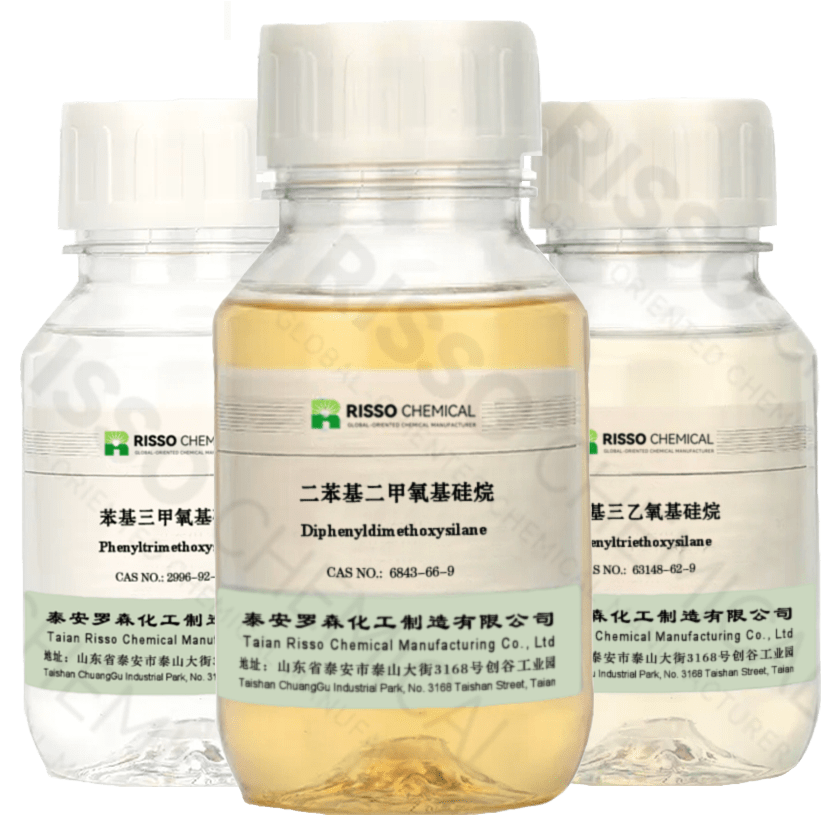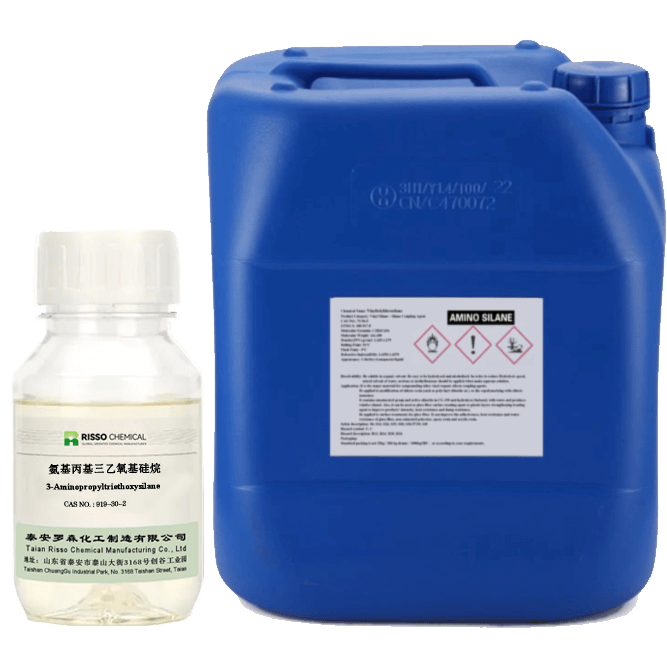Why is Silicone Oil Price so Expensive?
- Blog
- September 5, 2024
- 9:11 am
Silicone oil, known for its versatility in industrial, cosmetic, automotive, and medical applications, has seen substantial price increases over the last few years. Understanding the cost dynamics behind silicone Fluid involves examining the production process, raw material costs, demand fluctuations, and supply chain disruptions. Here, we explore why silicone oil prices remain high and what factors contribute to these elevated costs.
Table of Contents
1. Raw Material Costs
The raw materials for silicone oil production mainly come from petroleum and minerals. First of all, petroleum is one of the main raw materials. Silicone oil is refined from high-purity petroleum. generally analyzed into aromatic components by petroleum, and then processed by special processes to obtain the raw materials of silicone fluid. Since the price of petroleum fluctuates greatly, the price of silicone fluid is also relatively unstable.
Secondly, silicone fluid can also be obtained from minerals. Such as silica, natural silicates and other minerals. The extraction and processing of these materials require a lot of energy and resources, which increases the overall cost of silicone oil. In addition, fluctuations in raw material prices affect production costs, thereby affecting the price of silicone fluid.
2. Silicone Oil Manufacturing Process
The production of silicone oil involves complex chemical processes, including polymerization and purification. These processes require specialized equipment and skilled labor, increasing operational costs. Moreover, manufacturers must adhere to strict safety and environmental regulations, which can further elevate production expenses.
For example, the base raw material, silica (SiO₂), must undergo complex chemical transformations to form silicone. and then be processed into silicon polymers, including silicone fluids. Each of these steps is energy-intensive and demands specialized equipment and highly skilled labor, which raises production costs.
In addition, silicone production relies on methyl chloride, a critical raw material that also experiences price volatility. Since methyl chloride is derived from methanol and chlorine—substances sensitive to price shifts—the production of silicone oil is inherently tied to fluctuations in these basic materials, further driving up costs.
3. Quality and Purity Standards
There are many types of silicone oil, and each type has many grades., including industrial, pharmaceutical, and cosmetic grades. Higher-grade silicone fluids, which require more stringent purification and quality control measures, tend to be significantly more expensive. This is particularly relevant in industries like pharmaceuticals and cosmetics, where product safety and efficacy are paramount.
4. Demand and Supply Dynamics
Silicone oil is a highly sought-after material across various industries due to its unique properties, such as heat resistance, stability, and non-toxicity. Silicone fluids have a wide range of applications, and the following are a few key areas driving demand:
- Automotive: Silicone fluids are used in automotive components for lubrication and as additives in various fluids.
- Cosmetics and Personal Care: Silicone oil is a common ingredient in skincare, haircare, and makeup products, valued for its smooth application and moisture-sealing properties.
- Medical Applications: Due to its biocompatibility, silicone oil is frequently used in medical implants, prosthetics, and other health-related applications.
- Electronics and Industrial Manufacturing: Silicone fluids are used as coolants, insulators, and lubricants in high-tech applications.
With the rise of emerging markets, particularly in Asia, and the rapid growth of technology sectors, global demand for silicone oil is surging. This increase in demand, paired with limited production capacity, places upward pressure on prices.
In addition, Global supply chains have encountered disruptions due to various factors, including political tensions, environmental concerns, and logistical delays. Trade restrictions, particularly between major producers like China and the United States, have also led to difficulties in sourcing raw materials and exporting finished products. Silicone oil production is heavily reliant on global supply chains to acquire raw materials, so these disruptions often lead to bottlenecks that delay production timelines and increase costs.
Moreover, shipping and freight costs have escalated due to limited container availability and rising fuel prices. Transporting raw materials and finished silicone oil products across borders now incurs significantly higher expenses than in previous years, contributing to the product’s final price.
5. Environmental Regulations and Compliance Costs
Silicone oil production has faced increased scrutiny regarding its environmental impact, specifically around emissions and waste management. Stricter environmental regulations in major producing countries require manufacturers to invest in greener technologies and processes, leading to added compliance costs. These regulations also affect supply chains, as companies may face higher costs for sourcing certified raw materials and must adhere to eco-friendly production standards.
6. Limited Production Capacity and Competition for Resources
While the demand for silicone oil continues to grow, production capacity has not expanded at the same pace. This is partially because building new silicone manufacturing facilities requires substantial capital investment and can take years to complete. As a result, there is often a shortage of silicone fluid available on the market, which drives prices higher.
Moreover, industries outside silicone manufacturing also compete for similar resources. For example, electronics manufacturers and solar panel producers both require silicon and related materials, placing further strain on available supplies.
What Can We Expect in the Future?
As long as these factors persist, silicone oil prices are likely to remain high. However, several potential developments could impact future pricing:
- Advances in Production Technology: Innovations that reduce energy consumption or allow for recycling raw materials may help lower production costs.
- Diversification of Supply Chains: As manufacturers seek to mitigate risk, establishing more diversified, regional supply chains could reduce the vulnerability to global disruptions.
- Environmental Investments: As companies invest in more sustainable practices, compliance costs may stabilize, potentially lowering overall production expenses.
Conclusion
Silicone oil’s high price is a result of a complex interplay of factors, including an intricate manufacturing process, raw material shortages, increased demand, supply chain challenges, and environmental regulations. While these factors have kept silicone oil prices elevated, ongoing developments in technology and sustainability may help stabilize the market over time. For now, however, silicone fluid remains a valuable yet costly resource across multiple industries.
Popular Recommendations
- Most popular products
TRENDING
- Address: Daiyue Industrial Park, Taian, Shandong, China



